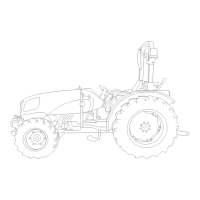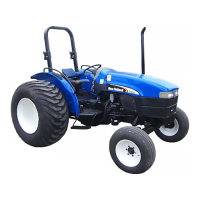Splashes
in
the eye should be flushed with
clean water for
at
least ten minutes.
Soiled skin should be washed with soap and
water.
Inhalation affected individuals should be re-
moved to fresh air immediately.
If swallowed
or
if effects persist consult a doc-
tor with information (label) on material used.
Do not induce vomiting (unless indicated by
manufacturer).
FOAMS - Polyurethane - see Fire.
Used in sound and noise insulation. Cured
foams used in seat and trim cushioning.
Follow manufacturers instructions.
Unreacted components are irritating and may
be harmful to the skin and eyes. Wear gloves
and goggles.
Individuals with chronic respiratory diseases,
asthma, bronchial medical problems
or
histo-
ries
of
allergic diseases should not work with
or
near uncured materials.
The components, vapours, spray mists can
cause direct irritation, sensitivity reactions
and may be toxic or harmful.
Vapours and spray mists must not be
breathed. These materials must be applied
with adequate ventilation and respiratory pro-
tection. Do not remove respirator immedi-
ately after spraying, wait until vapour/ mists
have cleared.
Burning
of
the uncured components and the
cured foams can generate toxic and harmful
fumes. ·
Smoking, open flames or the use of electrical
equipment during foaming operations and
until vapours/mists have cleared should not
be allowed. Any heat cutting of cured foams
or partially cured foams should be conducted
with extraction ventilation (see Body Section
44 Legal and Safety Aspects).
FUELS-see
Fire, Legal Aspects,
Chemicals - General, Solvents.
Used as fuels and cleaning agents.
Gasolene (Petrol).
Highly flammable.
Swallowing can result in mouth and throat irri-
tation and absorption from the stomach can
5
result in drowsiness and unconsciousness.
Small amounts can be fatal to children.
Aspi-
ration
of
liquid into the lungs, e.g. through
vomiting, is a very serious hazard.
Gasolene dries the skin and can cause irrita-
tion and dermatitis on prolonged
or
repeated
contact. Liquid
in
the eye causes severe
smarting.
Motor gasolene may contain appreciable
quantities of benzene, which is toxic upon in-
halation and the concentrations
of
gasolene
vapours must be kept very low. High concen-
trations will cause eye, nose and throat irrita-
tion, nausea, headache, depression and
symptoms
of
drunkeness. Very high concen-
trations will result in rapid loss of conscious-
ness.
Ensure there is adequate ventilation when
handling and using gasolene. Great care
must be taken to avoid the serious conse-
quences of inhalation in the event
of
vapour
build up arising from spillages in confined
spaces.
Special precautions apply to cleaning and
maintenance operations on gasolene stor-
age tanks.
Gasolene should not be used as a cleaning
agent. It must not be siphoned
by
mouth.
Kerosene (Paraffin)
Used also as heating fuel, solvent and clean-
ing agent.
Flammable.
Irritation
of
the mouth and throat
may
result
from swallowing. The main hazard from swal-
lowing arises if liquid aspiration into
the
lungs
occurs. Liquid contact dries the skin and can
cause irritation
or
dermatitis. Splashes in the
eye may be slightly irritating.
In
normal circumstances the low volatility
does not give rise to harmful vapours. Expo-
sure to mists and vapours from kerosene
at
elevated temperatures should be avoided
(mists may arise in de-waxing). Avoid skin
and eye contact and ensure there is ade-
quate ventilation.
Gas-011 (Diesel Fuel) - see Fuels (Kero-
sene).
Combustible.
Gross or prolonged skin contact with high
boiling gas oils may also cause serious skin
disorders including skin cancer.
GAS CYLINDERS - see Fire.
Gases such as oxygen, acetylene, carbon di-
oxide, argon and propane are normally

